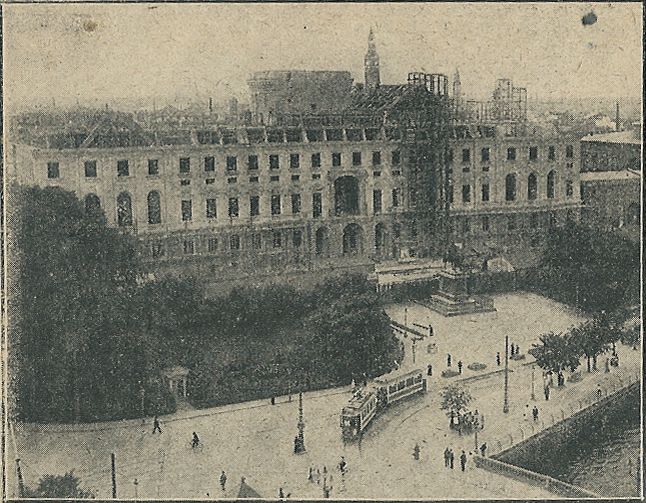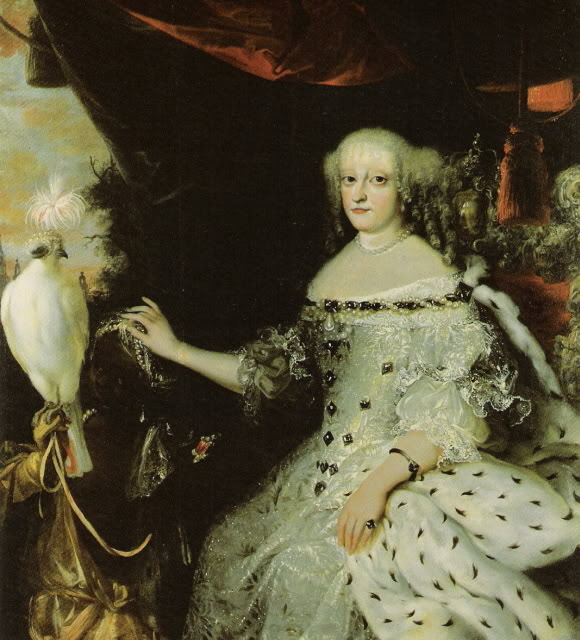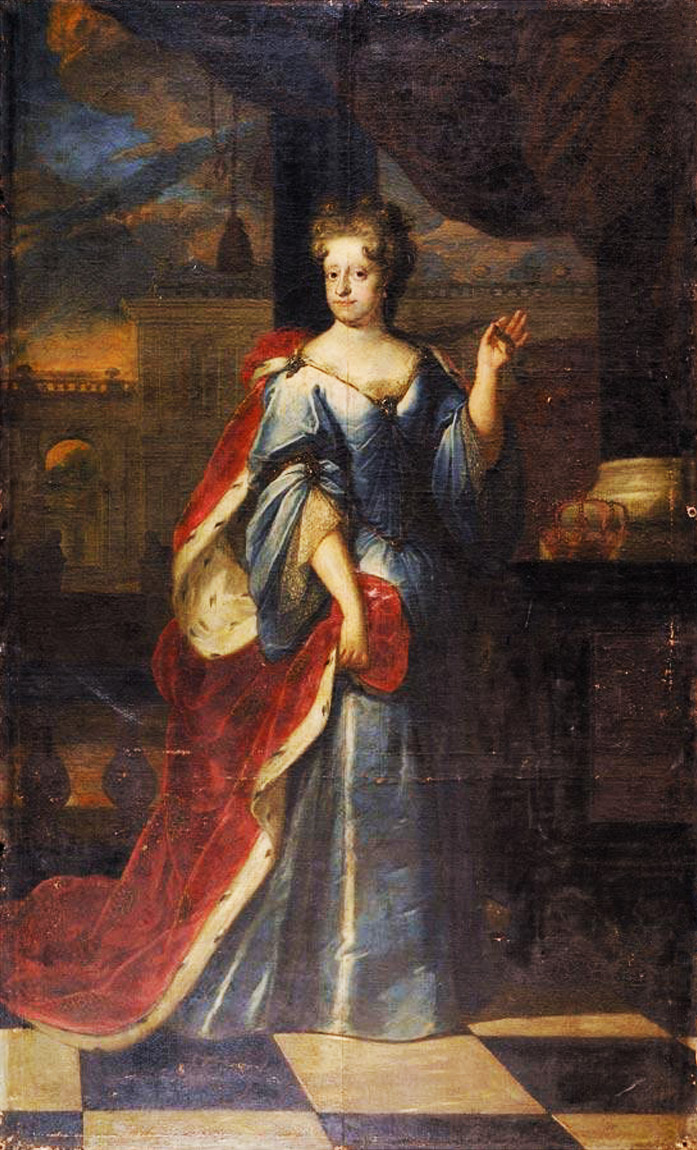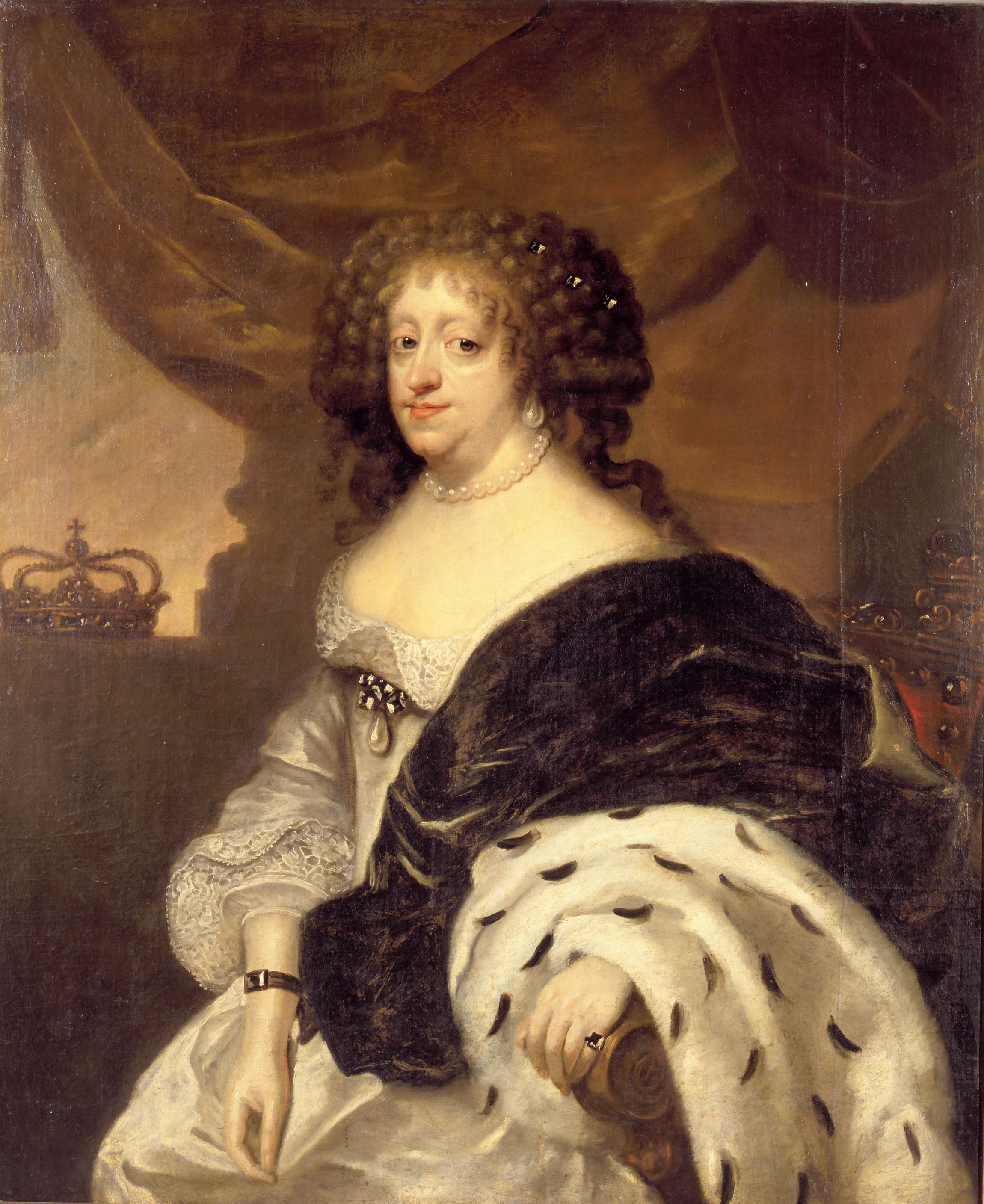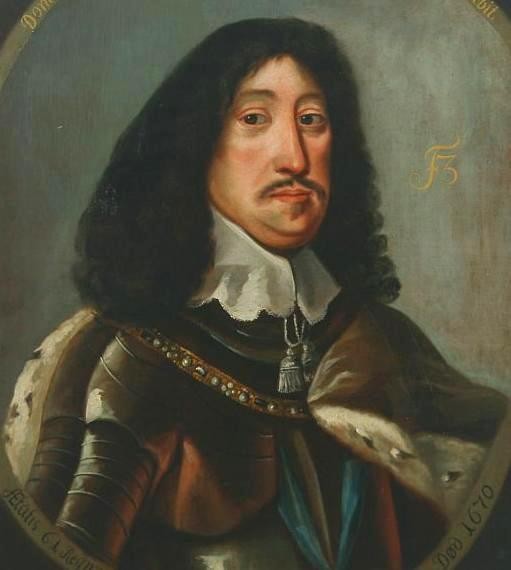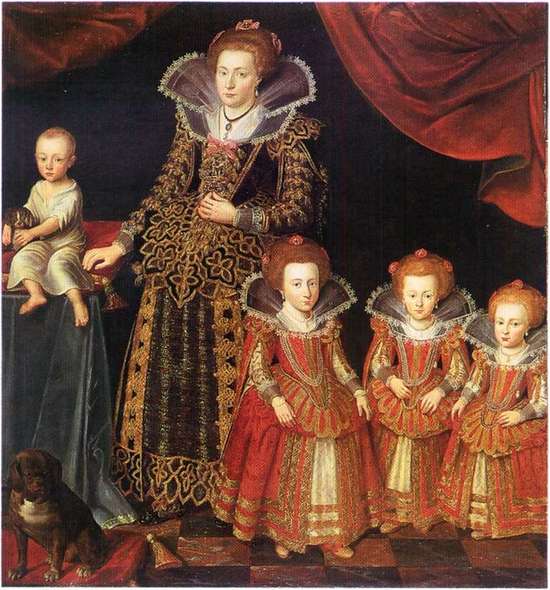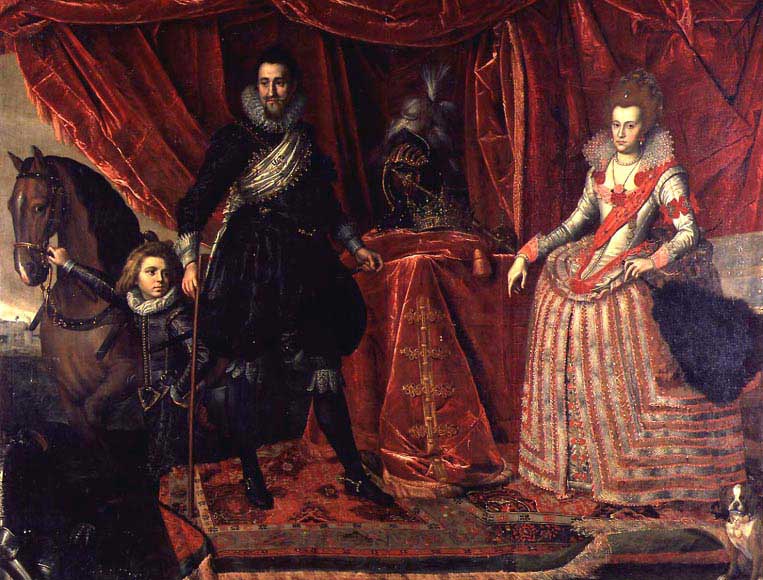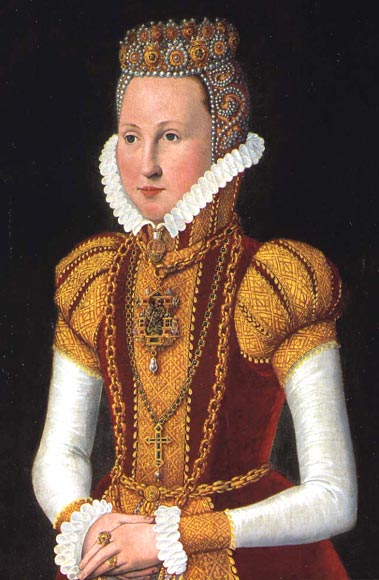by Susan Flantzer
© Unofficial Royalty 2021

Church of Our Lady in Copenhagen; Credit – By Lars Mongs, Arxfoto – https://arxfoto.se/, CC BY 4.0, https://commons.wikimedia.org/w/index.php?curid=107615060
Once a Roman Catholic church, the Church of Our Lady (Vor Fruen Kirke in Danish) is a church of the Evangelical Lutheran Church of Denmark, sometimes called The Church of Denmark, the established, state-supported church in Denmark. The original name of the church was St. Mary’s Church but during the Protestant Reformation, the name was changed to the Church of Our Lady, keeping the reference to the Virgin Mary without using “Saint”. There has been a church on the site since the 12th century, however, the church has been destroyed by fire three times and rebuilt three times. The present church was built in the early 19th century in the neoclassical style. The Church of Our Lady received cathedral status in 1922 and was designated as Denmark’s national cathedral in 1924.

Drawing from a contemporary engraving showing how the second Church of Our Lady looked in 1520; Credit – Wikipedia
In 1314, the first church was destroyed in a fire and subsequently, a new church was built of brick. Around 1416, Copenhagen became the capital of the Kingdom of Denmark when Eric of Pomerania (Eric III, King of Norway, Eric VII as King of Denmark, Eric XIII, King of Sweden), moved his seat of power in Denmark to Copenhagen Castle, and the Church of Our Lady, then still called St. Mary’ Church, became the main church of the Kings of Denmark. When the University of Copenhagen was established in 1479, the church’s dean became rector of the university, the church’s canons were the university’s teaching staff, and the court school was the first premises for the university. Today, the campus of the University of Copenhagen is adjacent to the Church of Our Lady.
The second church suffered from the consequences of the Protestant Reformation. The great majority of the citizens of Copenhagen opted to follow the teachings of Martin Luther. However, the Roman Catholic clergy at St. Mary’s Church attempted to keep the church as a center of Catholic resistance. The king at that time was Frederik I, the last Roman Catholic Danish monarch. All subsequent Danish monarchs have been Lutheran. Although Frederik remained Catholic, he was somewhat tolerant of the new Protestant Lutheran religion. He ordered that Lutherans and Roman Catholics share the same churches. This decree incensed the majority Lutheran segment of Copenhagen’s population. On December 27, 1530 hundreds of citizens stormed the St. Mary’s Church, destroying every statue and dismantling the choir stalls. The seventeen altars were stripped of jewels and gold and destroyed, as were reliquaries, vestments, and other church furnishings. In 1531, the name of the church was changed from St. Mary’s Church to the Church of Our Lady and officially started to use the Lutheran order of worship.

The third church built between 1728 – 1738; Credit – Wikipedia
The devastating four-day-long fire that started on October 20, 1728, destroyed a third of Copenhagen including the second church. When the church tower fell, the roof and all the furnishings in the church were demolished. Even the coffins in the crypt were smashed. By 1738, the third church was completed. The tower was 395 feet/120 meters high and was visible miles away from Copenhagen. By contrast, the current tower is only 193 feet/60 meters high.

The Church of Our Lady on fire in 1807, by Christoffer Wilhelm Eckersberg; Credit – Wikipedia
In September 1807, the third church was destroyed during the bombardment of Copenhagen by the British Royal Navy during the Napoleonic Wars. The British demanded the surrender of the city of Copenhagen and the Danish-Norwegian fleet. Kings at this time were Kings of both Denmark and Norway. The Danes refused and for three days the British royal navy bombarded the city. Royal Navy gunners used the tower of the church for target practice, setting it on fire, resulting in the church being burned to the ground, along with nearby sections of Copenhagen. Copenhagen surrendered and the Danish-Norwegian fleet was turned over to the British.

The interior of the fourth church. Bertel Thorvaldsen’s statues of the apostles can be seen along the sides; Credit – Wikipedia
The fourth and current version of the Church of Our Lady was designed by the architect Christian Frederik Hansen in the neoclassical style and was completed in 1829. The fourth church has a tower although the neoclassical style did not include towers. The citizens of Copenhagen demanded a tower and one was built modeled on the older medieval tower.
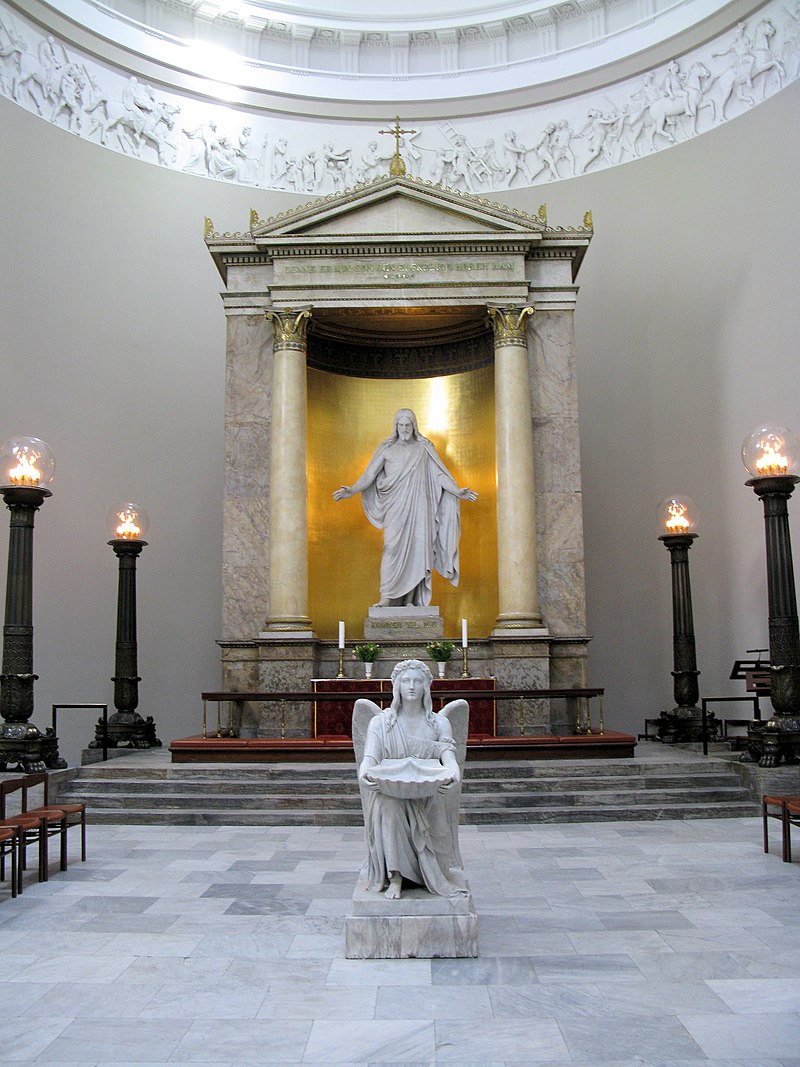
The altar with Bertel Thorvaldsen’ statue of Jesus Christ and his baptismal font; Credit – By Matthias Schalk – Own work, CC BY-SA 3.0, https://commons.wikimedia.org/w/index.php?curid=31280252
Sculptor Bertel Thorvaldsen was commissioned to decorate the interior with statues of Jesus Christ and the apostles. Thorvaldsen also carved and donated the baptismal font as a personal gift. Other artists also contributed sculptures and paintings
Royal Events at the Church of Our Lady
Wedding of King Frederik X and Mary Donalson in 2004
- April 9, 1363 – Wedding of Queen Margrethe I of Denmark and King Haakon VI of Norway
- October 28, 1449 – Wedding and coronation of King Christian I and Dorothea of Brandenburg
- August 12, 1537 – Coronation of King Christian III
- August 20, 1559 – Coronation of King Frederik II
- August 17, 1596 – Coronation of King Christian IV
- November 23, 1648 – Coronation of King Frederik III
- May 14, 2004 – Wedding of King Frederik X and Mary Donaldson
This article is the intellectual property of Unofficial Royalty and is NOT TO BE COPIED, EDITED, OR POSTED IN ANY FORM ON ANOTHER WEBSITE under any circumstances. It is permissible to use a link that directs to Unofficial Royalty.
Works Cited
- Da.wikipedia.org. 2021. Vor Frue Kirke (København) – Wikipedia, den frie encyklopædi. [online] Available at: <https://da.wikipedia.org/wiki/Vor_Frue_Kirke_(K%C3%B8benhavn)#F%C3%B8rste_kirkebygning> [Accessed 23 August 2021].
- En.wikipedia.org. 2021. Church of Our Lady, Copenhagen – Wikipedia. [online] Available at: <https://en.wikipedia.org/wiki/Church_of_Our_Lady,_Copenhagen> [Accessed 23 August 2021].
- Vor Frue Kirke – Københavns Domkirke. 2021. Vor Frue Kirke (Church of Our Lady) In English. [online] Available at: <https://koebenhavnsdomkirke.dk/english> [Accessed 23 August 2021].





